Investing for Profit with Torque Analysis of Stock Market Cycles
$44.16
| Author(s) | |
|---|---|
| Product Type |
Ebook |
| Format |
|
| Skill Level |
Intermediate to Advanced |
| Pages |
243 |
| Publication Year |
1973 |
| Delivery |
Instant Download |
Investing for Profit with Torque Analysis of Stock Market Cycles by William C. Garrett is a rare and innovative exploration of cyclical behavior in financial markets, where the author introduces the concept of torque as a dynamic analytical tool for market timing. Instead of relying on conventional technical indicators or static cycle theory, Garrett’s torque method measures rotational energy and momentum shifts in price movements—revealing the true strength and direction of market forces beneath the surface of price action.
This book bridges the gap between classical market cycle analysis and modern momentum-based frameworks, providing traders with a deeper understanding of how and when market cycles turn. Garrett explains how torque can be applied to identify accumulation and distribution phases, anticipate major reversals, and forecast market turning points with precision. His approach treats the market like a living, breathing system governed by force and motion, giving traders a measurable edge over those who merely observe price charts.
A technical yet highly practical read, this work is best suited for traders who already understand fundamental cycle theory, Elliott waves, or Gann principles—and wish to push their analytical capabilities into advanced territory. Garrett’s illustrations, charts, and data-driven demonstrations bring clarity to complex relationships between time, energy, and price behavior, showing how torque analysis can be adapted across various instruments—from equities and commodities to index futures.
Whether you are a quantitative trader, technical analyst, or cycle theorist, this book offers a powerful framework for understanding the underlying rhythm and energy that drives all markets.
✅ What You’ll Learn:
- How torque principles apply to cyclical motion and price dynamics in financial markets.
- Methods to identify accumulation, distribution, and reversal zones through torque indicators.
- Practical ways to integrate torque analysis with cycle and wave theories.
- Techniques for timing entries and exits based on torque-driven market signals.
- How to interpret torque charts to forecast cycle peaks and troughs.
- The relationship between torque, momentum, and long-term market structure.
💡 Key Benefits:
- Discover a unique analytical framework not found in standard technical literature.
- Enhance your ability to time markets accurately using energy-based metrics.
- Gain deeper insight into hidden momentum behind price trends.
- Integrate torque tools with existing technical methods for stronger confirmation.
- Build confidence in recognizing cyclical exhaustion before major turning points.
👤 Who This Book Is For:
- Traders and analysts familiar with Gann, Elliott, or cycle-based methods.
- Quantitative researchers exploring energy or motion analogies in market data.
- Advanced investors seeking timing precision beyond traditional indicators.
- Students of market geometry, cyclicality, or market mechanics.
📚 Table of Contents:
- Introduction to Torque Analysis
- Principles of Market Energy and Momentum
- The Mechanics of Market Rotation
- Defining Torque in Market Cycles
- Tools and Measurements
- Identifying Accumulation and Distribution Torque
- Forecasting Tops and Bottoms
- Integrating Torque with Traditional Cycle Analysis
- Practical Trading Applications
- Case Studies and Historical Examples
- Interpreting Composite Torque Charts
- Advanced Techniques and Custom Indicators
- Summary and Conclusions
Investing for Profit with Torque Analysis of Stock Market Cycles By William C. Garrett
3 reviews for Investing for Profit with Torque Analysis of Stock Market Cycles
Clear filtersOnly logged in customers who have purchased this product may leave a review.

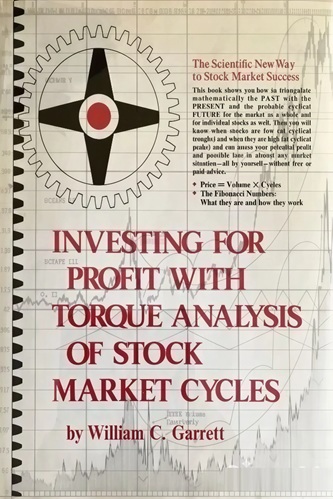
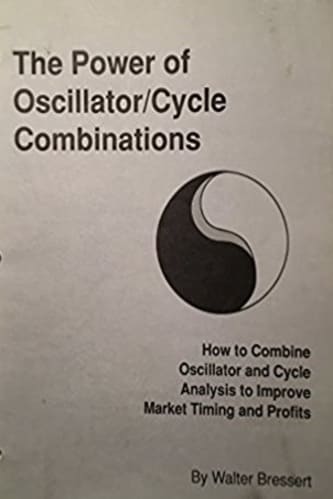
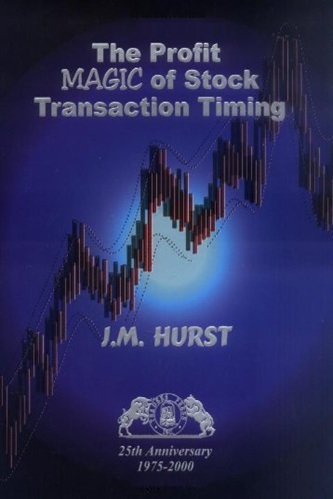
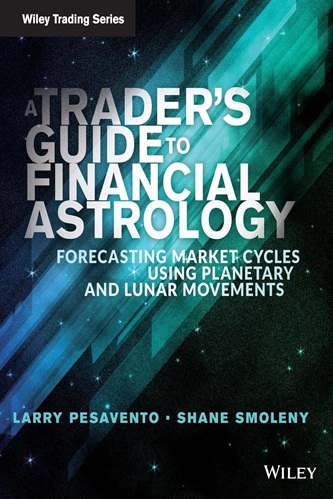
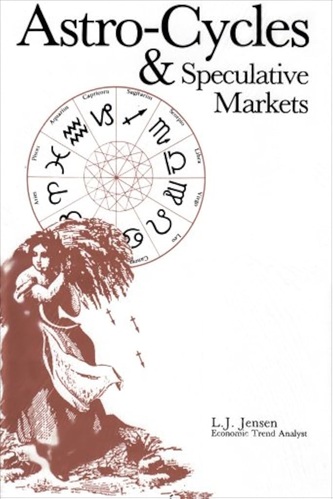

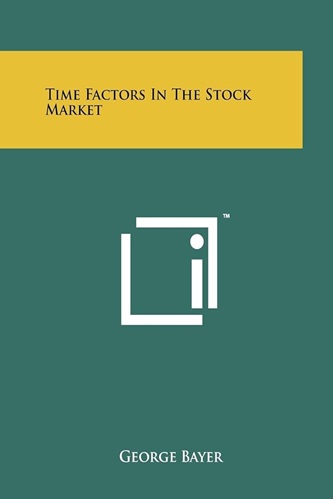

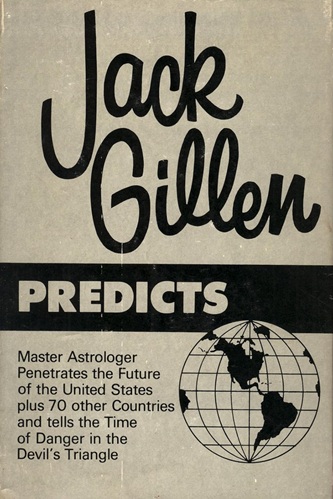
Vihaan Kirk (verified owner) –
Certainly worth perusing for Ideas. The author presents many very novel ideas and concepts – again, even reading between the lines hard to follow completely.
Ellis James (verified owner) –
This book is for researcher technical analyst than a trading strategy, as the method used is a bit out dated but the way the author explained the market movements can be of benefit, I have read this book because I was told it will help me better understand market movements, it did the author spend a lot of time trying to explain how he used cycle analysis to predict market movements, yet the way he explained it is a bit out dated, using total averages and A/D to predict market movement and cycles seems very easy but in practice is difficult and also not successful. this method have been long used by cycle analyst to predict market movements, the author did not explain in depth how did he came up with his cycle model and it seems like he measured it by simply looking at a chart which is no easy work, he criticized JIM Hurst communality theory by saying it’s very hard to work with and has too many uncertainties again I find this not true specially for an experience market guy, some stocks do have a common cycle movements elliottwave help in understanding this point by linking market waves. All said I have to say the part where he talks about market tops and bottoms and the cyclical movements of price are very in depth and good work but the way he measured his cycles it defiantly out dated.
Jaxson Proctor (verified owner) –
This book by Will Garrett does not deal with planetary cycles or cycle studies based on planetary movements. It sure discusses Fibonacci ratios and its application in cycle studies though.
It emphasizes the role of volume in cycle studies. In the Torque analysis of stock market cycles, it uses the following equation:
Torque = Force * Radius
Here torque represents price, volume for force and cycle for radius. In his schema of things, “price is a result of the pressures of cycle and volume,…volume is the force which moves price cycles and we also know that cycle and radius are identical. Our equation now reads Price/Volume = Cycle—or, the net movement of price divided by the net amount of volume equals the cyclical strength factor. Since we can easily establish price movement in the market and since we can calculate the net upward or downward pressure of volume, we can then arrive at a factor for cyclical strength. This method of analyzing cycles, we have labelled TORQUE analysis.
“The TORQUE analysis of cycles measures underlying forces, not prices. TORQUE analysis differs from other methods of measuring cycles because the TORQUE method recognizes that price in the market is not genuine unless it is the result of underlying forces. The first of these forces is volume, which is the force principally involved in the movement of price, and second, is the cyclical influence which determines when price will move and how long price will rise before it begins to decline. That is, a cycle in the market is a power which causes price to undulate in rhythmic fashion. It is an inclination toward price movement which arises because the relationship between buying and selling volume alternates at regular intervals of time. In other words, cycles are a rhythmic influence in the movement of stock prices–a power which can be seen and measured–when price and volume are coupled mathematically.”
The foregoing passages sum up his basic idea of looking at cycles using his TORQUE method. He also incorporates advance-decline data and he believes that you can’t fight the swings that are aligned with the long-cycle trends. The image of the next cycle can be anticipated or constructed from the foregoing cycle peak.
His cycle forecasting methodology is based on the following seven assumptions:
1. “Forecasting implies that a change in the present situation lies in the future.
2. The alternation in dominance of the opposing forces is the result of the limiting factors which prevent the complete dominance of one force by its opposite number.
3. Tomorrow’s visible event is the result of a change or movement today of unseen or unheeded forces.
4. Th images of previous events, which we can see gathering form in the incipient stages of a new cycle, allow us to envision the future.
5. Foresight into the future derives from the linked relationship of values moving through time.
6. Cycles adjust quickly to change.
7. The force of a short cycle can alter both the amplitude and frequency of a long cycle.”
He also noted that price cycles have two axes, and, hence follow a parabolic path; the time progression of the trailing axis causes a Fibonacci grid to form. In his view each mature cycle is a closed system of influence.
This book is one of the titles suggested by Jerome Baumring in his reading list.
I highly recommend reading this book to anyone interested in the study of stock market cycles.